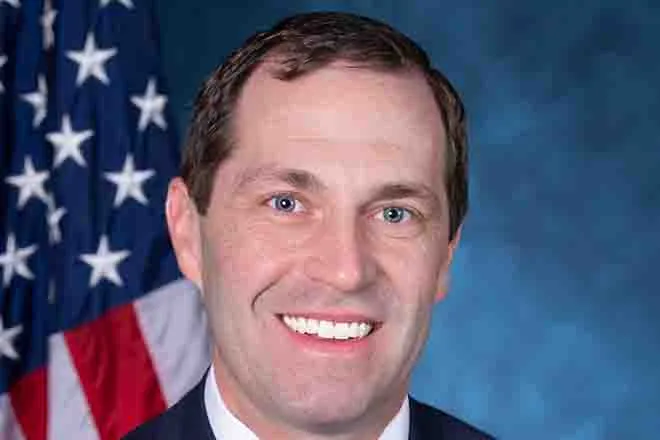NRCS State Soil Scientist Helps Kids Spot Erosion in Action
William Shoup, State Soil Scientist for the Natural Resources Conservation Service (NRCS) in Colorado knows, understanding soil isn’t a dirty job and he wants to get more young people involved. Recently, Shoup visited Shaffer Elementary school in Littleton, Colorado to share and enlighten students about the wonderful world of the soil. The presentation is part of a series of guest lectures Shoup conducts to help educate urban and suburban youth about agriculture principles and soil science.
“The presentations in this series are designed to teach students about the bigger picture of soil,” shares Shoup. “Soil erosion is devastating and helping kids realize that soil is a resource just like trees and water helps get them thinking that it too needs to be conserved. It’s my job to get kids to say or think soil, any time they hear the word conservation.”
The NRCS is a federal agency within the US Department of Agriculture and was founded upon soil conservation principles and understanding the complexities and appropriate uses for varying soil types. NRCS leads a partnership comprised of Federal land management agencies, state agricultural experiment stations, and state and local units of government that adhere to set standards for map production, data collection, and publication of soil surveys to provide a common national system of soil classification and interpretation.
“Soil is fascinating,” Shoup goes on to say. “Soil surveys provide a scientific inventory of soil properties and qualities. They include maps showing the locations and extent of soils, data about those soils, and the scientific information needed to manage soils sustainably.” Soil surveys are used by agricultural producers, community planners, engineers, zoning commissions, developers, as well as homeowners. They can also provide information needed to protect water quality, wetlands, and wildlife habitat.
“Understanding soil is important,” shares Shoup. “Luckily here on the Front Range we have some excellent settings to demonstrate erosion in action. Looking out the window and seeing the mountains, foothills, and plains can really make kids think in terms of landscapes. Kids have great imaginations, they can see the soil move from place to place on those landforms.” The erosion and weathering workshop included several hands on displays that illustrated erosion taking place on scaled models.
For additional information about soils and the soil lecture series, please contact William Shoup at william.shoup@co.usda.gov or 720-544-2850.








